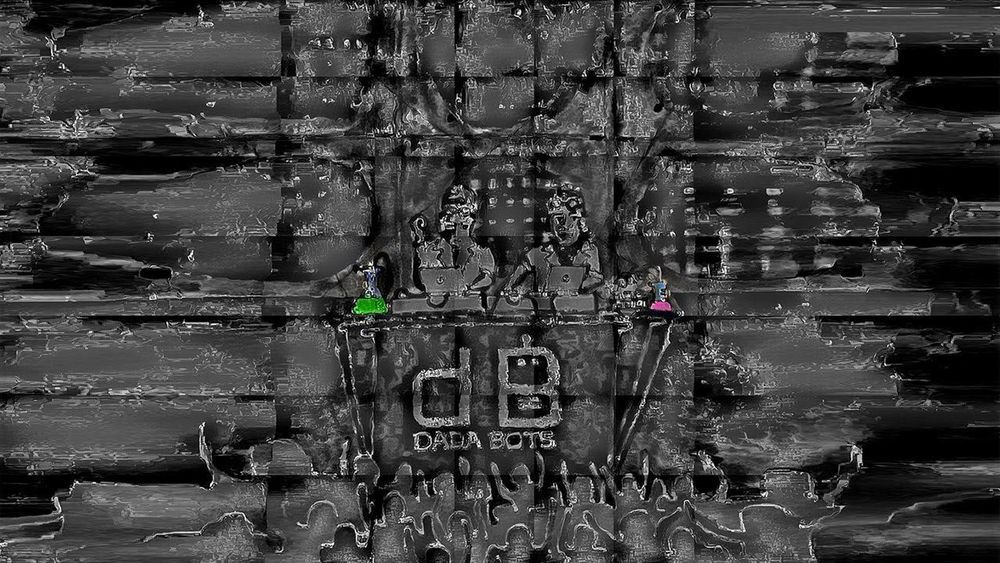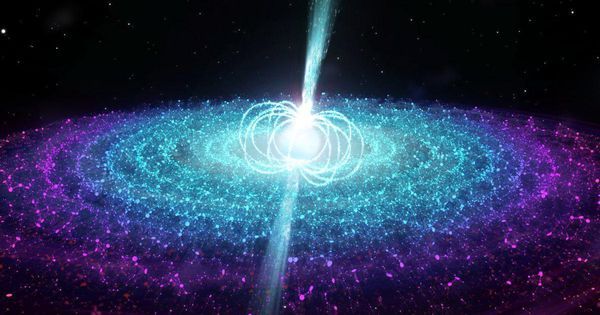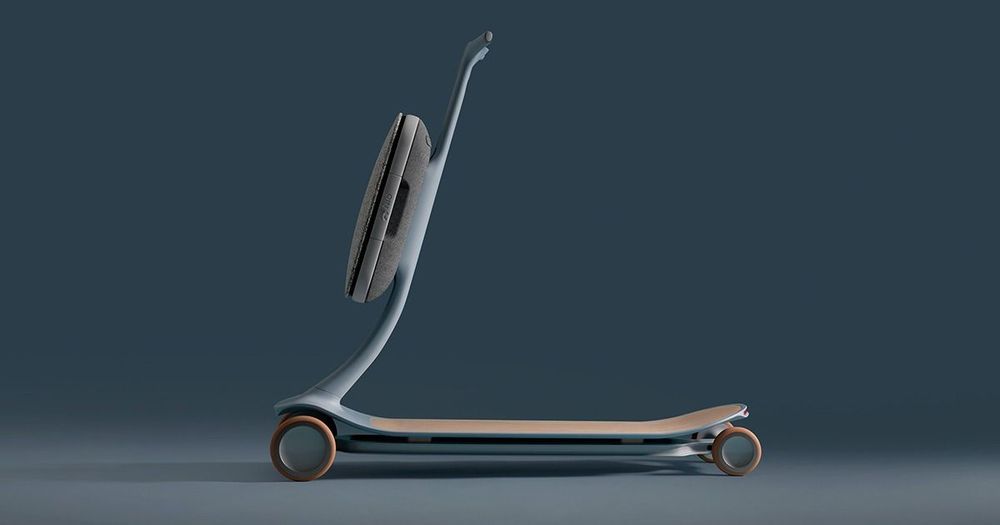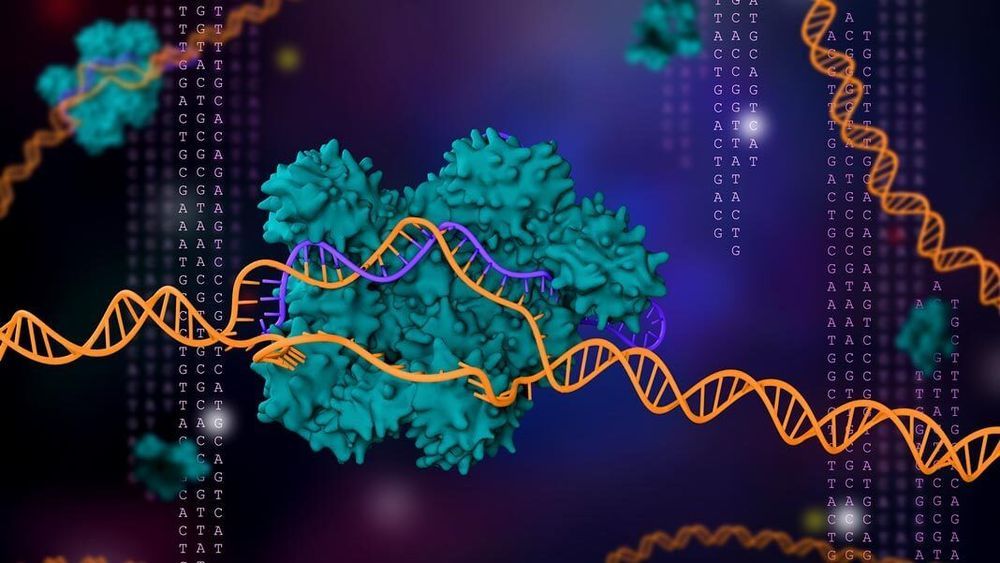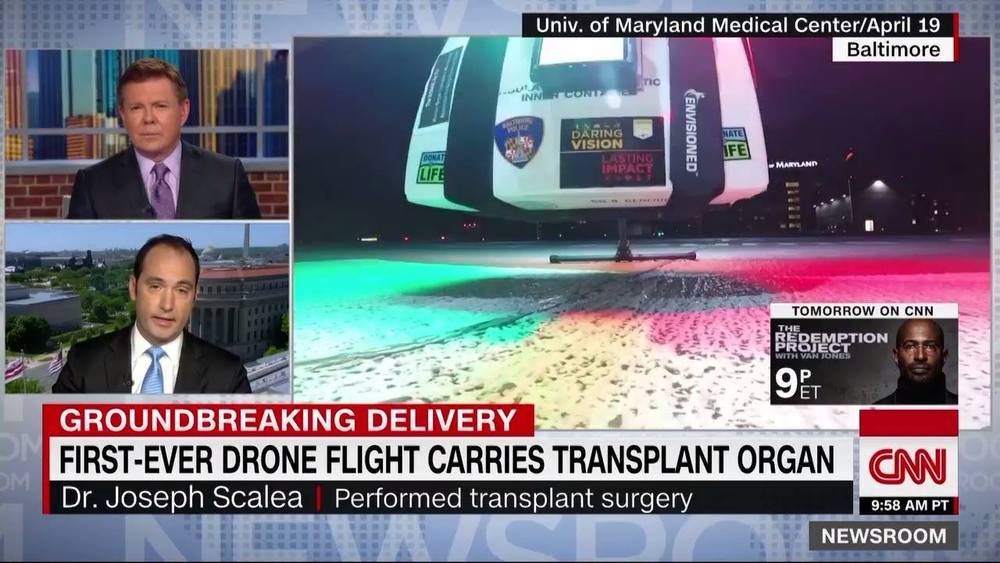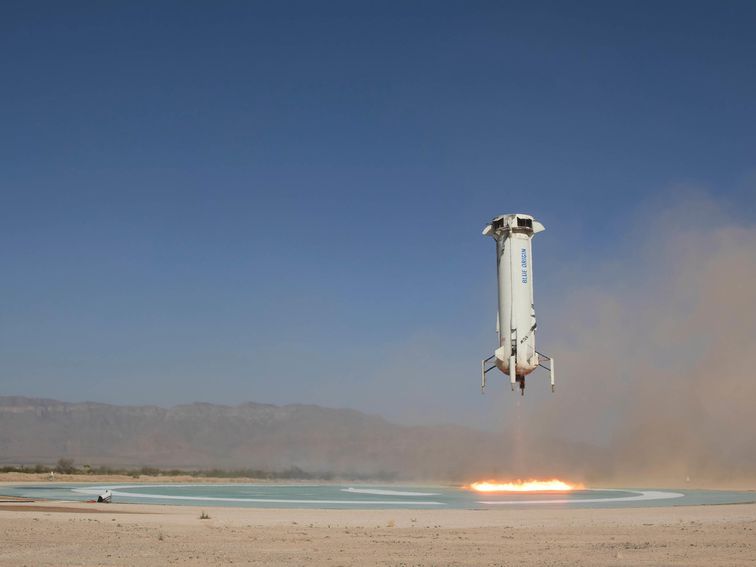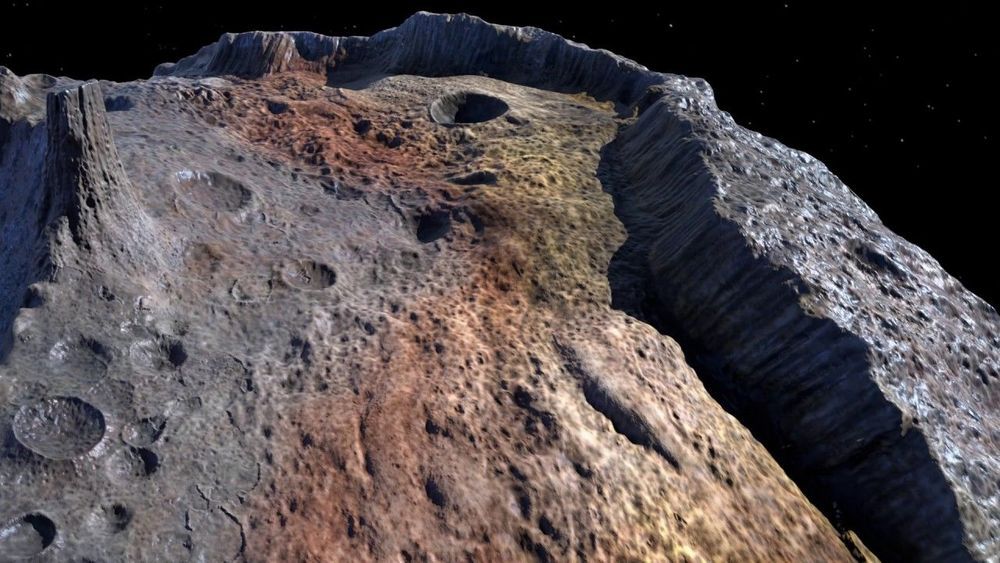Apr 27, 2019
This live stream plays endless death metal produced by an AI
Posted by Genevieve Klien in categories: information science, media & arts, robotics/AI
This particular version of Dadabots has been trained on real death metal band Archspire, and Carr and Zukowski have previously trained the neural network on other real bands like Room For A Ghost, Meshuggah, and Krallice. In the past, they’ve released albums made by these algorithms for free on Dadabots’ Bandcamp — but having a 24/7 algorithmic death metal livestream is something new.
Carr and Zukowski published an abstract about their work in 2017, explaining that “most style-specific generative music experiments have explored artists commonly found in harmony textbooks,” meaning mostly classical music, and have largely ignored smaller genres like black metal. In the paper, the duo said the goal was to have the AI “achieve a realistic recreation” of the audio fed into it, but it ultimately gave them something perfectly imperfect. “Solo vocalists become a lush choir of ghostly voices,” they write. “Rock bands become crunchy cubist-jazz, and cross-breeds of multiple recordings become a surrealist chimera of sound.”
Continue reading “This live stream plays endless death metal produced by an AI” »
